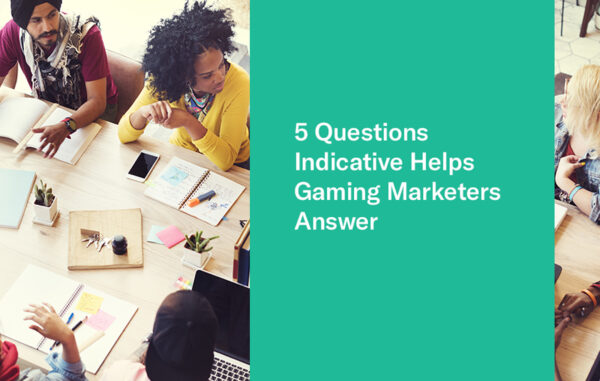Competition for attention spans in the gaming industry is fierce. One of the driving forces is the speed of growth in the sector, especially due to COVID-19’s shelter-in-place measures. Analysts predict that lockdown measures will yield higher consumer spending on games, with a 13.3% year-over-year growth in 2020.
If you’re on a marketing team at a gaming company, you need to prepare for this shift with insight into your full customer lifecycle from acquisition to product engagement. With marketing spend decreasing across the board due to COVID-related budget cuts, every dollar you invest needs to yield a clear revenue outcome. There wasn’t room for fluff in marketing before. The pressure is even stronger, now.
One of the most impactful steps you can take for your business is to develop a clear picture for your gaming metric baselines and how your varying user journeys translate into revenues. You need a perspective that takes you beyond surface-level data to understand the nuances that move your business forward.
- Can you distinguish between casual and dedicated players?
- What is the best way to connect DAU and MAU patterns to identify your best titles across games or within games?
- How do you reach more of your most engaged audience?
You often only have one chance to make the right first impression. Data can help you get this formula right, as you figure out how to reach your highest value players.
The right customer analytics platform can help provide the insights and knowledge necessary to steer this process around data-informed decision-making. Take a look at these sample analyses for a hypothetical subscription game, PetBox.
Here are some key questions that you can answer with Indicative to help identify how to prioritize your marketing resources.
1. How can we improve the efficiency of our conversion funnels?
Indicative’s customer journey tools help you visualize a variety of conversion paths. You can see the exact steps players take towards their success, goal, and conversion events, for instance. With this perspective, you can make more data-informed decisions about the features that you choose to launch, both in terms of elements within your game and the actions that lead up to a subscription.
Let’s say that your team decides to launch a blog or gamer forum, for instance, with gaming tips. How would this resource fit into your conversion funnel for first time players? Do audiences value this information, and to what extent does it entice gamers to engage?
Using these insights, you can explore deeper insights into your audience:
- Where are they based?
- What OS or device are they using?
- How old are they?
- What is their average spend?
Within Indicative, we call these User Properties. Take a look at a sample workflow within Indicative, below:
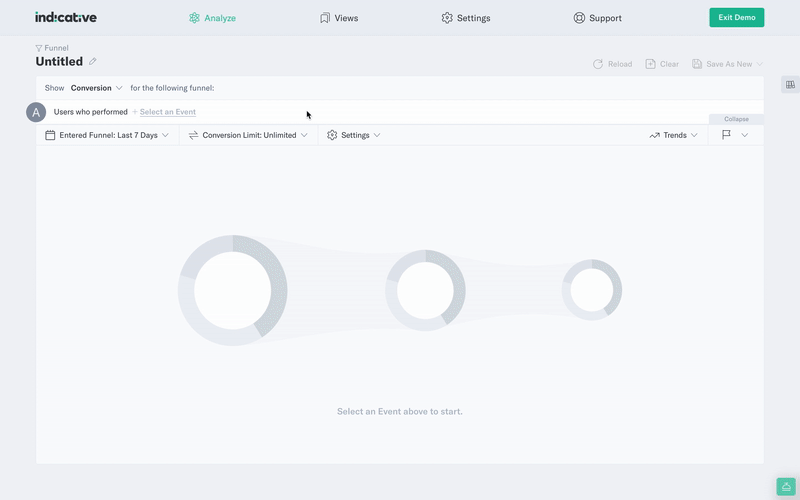
This funnel looks at the following steps:
- Download game
- Connect chat to communicate with other players and teammates in the game
- Celebrate first team win
- Complete first purchase
What’s more, Indicative customers can A/B test content and configurations and use Indicative to measure the impacts or results of those A/B tests. From this funnel, we can see that Group A and B convert at a higher percentage when they do not connect their chat, than when they do.
We can also see that Group B performs better whether or not chat is connected.
What does this information mean for marketers?
It illuminates a tactical next step: sync up with product teams to understand why the chat is working against conversions. Maybe the chat is a distraction or has a poor UX. Maybe users that view the chat win more often and therefore don’t need purchasing power-ups.
This insight helps teams work together more effectively and efficiently, cross-functionally.
2. Which acquisition channels connect you to your most engaged players?
This question can help you identify the right sources for growth for your company. Even though people are spending more time gaming, it can be tough to reach the right audiences. As a result, it’s easy to waste money on the wrong marketing channels.
While this question seems simple at face value, it can be complex to answer from a technical perspective. It’s a 3-part question that requires analysts to piece together an answer.
- Where are players coming from?
- Who are your most engaged players?
- Which of the former produces more of the latter?
From an analytics perspective, these can be analyzed separately or together, depending on the sophistication of the customer.
When acquiring customers, you need to get that formula right, and the process begins with understanding which traffic sources are closely related to conversion events.
Indicative elevates and contextualizes that conversation with a clear visual. As an example, the following Subscriptions by Marketing Source report provides a clear perspective into relative conversion rates by acquisition method. You can see that paid channels are not as effective as organic ones in this particular use case. The intent seems to be a part of the conversion equation.
In the following visual; for instance, we examine a cohort of highly engaged users who start a team game. We then group them by marketing channel, in order to understand which marketing channel produces the most highly engaged users.
From this perspective, we can clearly see an answer:
After direct traffic, email marketing brings in the highest number of engaged users who start a team game.
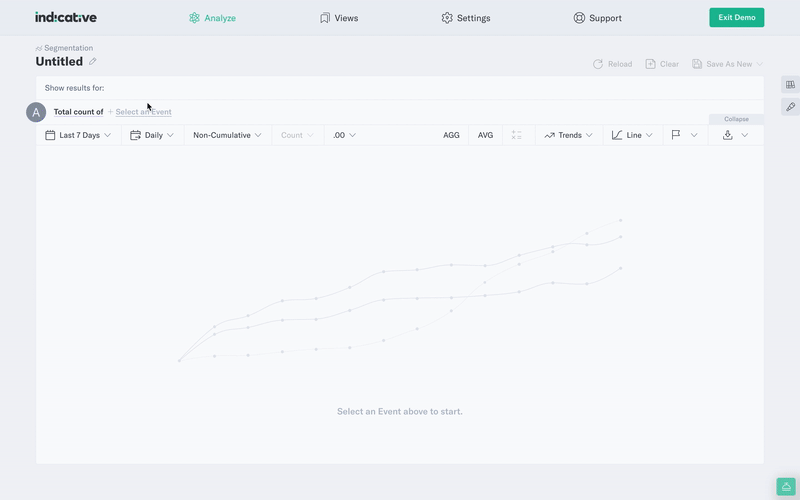
3. What do paths to purchase (or customer journeys) look like?
Customer journeys are complex. Users typically take multiple steps before making their initial purchase (and then repeat purchases). Let’s say that you want to compare different purchase pathways. You can use Indicative to craft your visualizations and see drop-offs at each stage.
With this perspective, you can discover:
- Nuances in your new player onboarding
- Metrics that lead up to your most important KPIs
- Whether people are more engaged with certain devices than others (i.e., Android, iOS, web)
- How certain attribution sources lead to your most engaged and profitable user base
- How to build efficiencies across your path to purchase, at scale
Take a look at this multipath funnel report from Indicative, for instance. You can quickly linearize the different steps that cohorts (that you define) take to completing important actions in your game. With this shared framework in place, your team can work together to make your acquisition and conversion journey smoother — and more profitable.
In the following visual, we see the following steps:
- Start the team game
- Connect the chat
- Celebrate first team win
- Celebrate first team game win
- Complete a first in-game purchase.
We start by looking at users who start a team game and then complete an in-game purchase, we can see 0.13% of them convert and it takes about 2 hours for a conversion.
Users that instead connect a chat before purchasing take much less time to convert than the group above (avg 2 minutes).
Users who start a team game, have their first team win and then another team win are by far the most likely to convert at 17%.
Our takeaway is that we want users to start a game and have 2 team wins in order to maximize conversion rates.
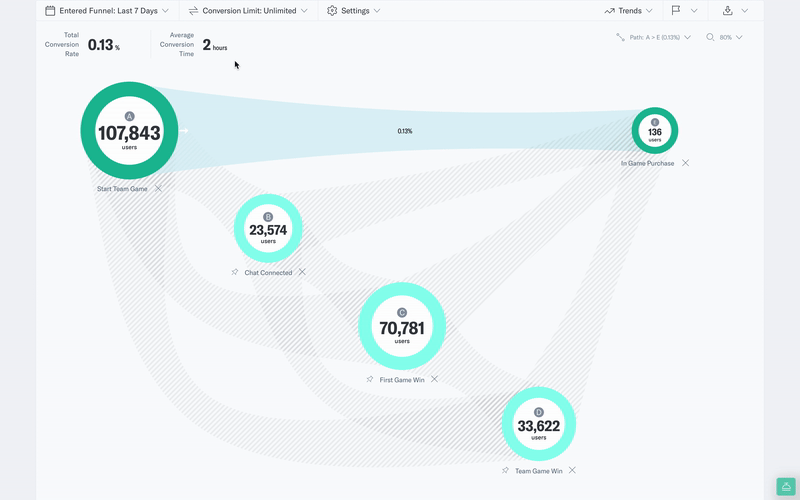
4. How soon do people make a purchase?
Timing, in business, is everything. That statement holds true for people who are in the business of games. It’s critical that you reach audiences with the right message, at the right time.
With Indicative, you can quickly visualize how long transactions typically take — so that you can adapt and respond to your players’ needs, accordingly. In addition to seeing how long players take to transact, you can also identify the specific steps that they take in this journey, to get from point A to point B.
This cohort analysis below looks at users who download the game and then make their first in game purchase.
What we see is users are the most likely to make their first purchase the day that they download the app, and are much less likely to make the first purchase later on.
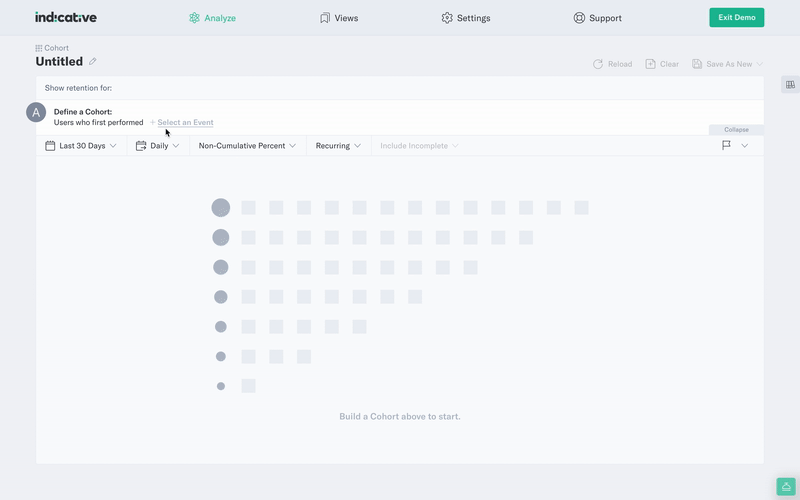
5. Why are people leaving the game?
Churn is one of the biggest challenges in the gaming industry, as players can easily switch their attention from one game to another. As a marketer, one of the ways that you can improve the efficiency of your spend is to understand who’s likely to stick around. That means developing insight into your player experiences, beyond revenue generation. What are the factors that make your game a leaky bucket?
As one research report points out, the reasons for churn are not always easy to understand.
“Findings indicate that players typically quit because of external constraints to their leisure time rather than no longer interested in the game, which are not barriers to play that can be overcome by personalized in-game incentives, the typical developer response to prevent churn from taking place.”
Which incentives are most effective to stop people from leaving your game? What’s the ROI for developing them? Is it possible to address the issue of churn from the perspective of marketing, to make your entire customer journey more effective and profitable?
A first step is to examine the nuances of why people leave and whether it’s possible to identify a pattern of behavior — perhaps to run a re-engagement campaign in the future. Who’s leaving, why, and what proportion of these individuals are possible to win back and continue to keep engaged?
Using Indicative, you can drill down to this cohort, to perform exploratory research.
With this perspective, you can examine signals that may result in people terminating their subscriptions. For instance, do people churn when they reach a specific milestone in the game? Do they feel stuck, especially if the game is level-based?
With these analytical tools, you can browse through the customer journeys of individuals who have churned. Do canceled subscriptions relate to events in the news such as the launch of a new, competitive game? Are people getting frustrated when they reach a specific milestone in your game?
A consistent, dedicated feedback loop across product and marketing can help plug your leaky bucket.
As an example, take a look at the visualization below. You’ll see a user chart of players who do a 20th-level attempt and then start a team game as if someone was looking into what these users do in between these events that make them keep playing.
This analysis would be used by an Indicative user trying to answer ‘why do some users drop off after the 20th level attempt and others go on to start a team game?’
The user views down below will answer this question.
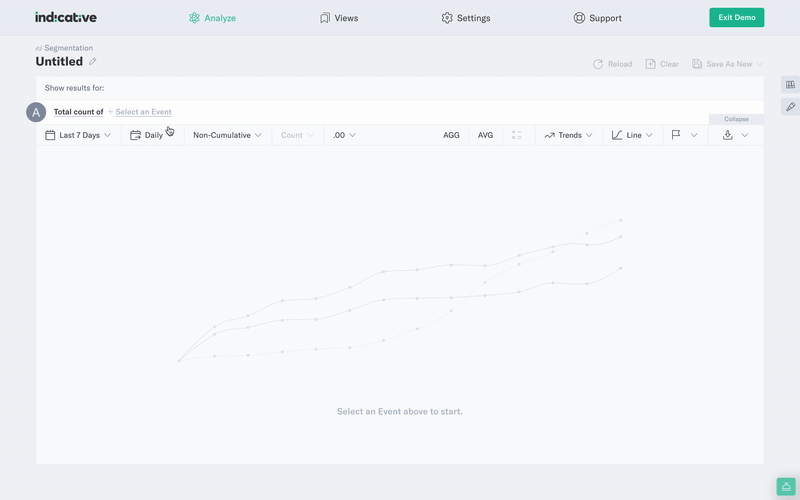
This visualization looks at two groups of users:
- The first includes users who repeat a level and then uninstall.
- The second group includes users who start a team game and then uninstall.
Since there are many more users who repeat a level and uninstall vs users who start a team game and uninstall, we can say that repeating levels is an event linked to churn.
To avoid this churn, we could save this group of users and flag them to receive incentive offers to keep them from uninstalling.
Final thoughts
Analytics can positively transform the culture at your company. With a shared view across marketing and product of how players engage with your game, you can better identify common goals — and work towards them with a deeper sense of purpose and alignment. The process begins with asking questions in an intuitive way — and getting the answers you need to develop your marketing campaigns.
Contributors Statement
This work was a collaboration between the Indicative team. Marc Liebmann, Esmaralda Martinez, Padric Gleason Gonzales, Ansley Miller, and Tara McQuaide contributed to the narrative.
Disclosure
The opinions expressed are those of the authors. This material has been prepared for educational purposes only.
